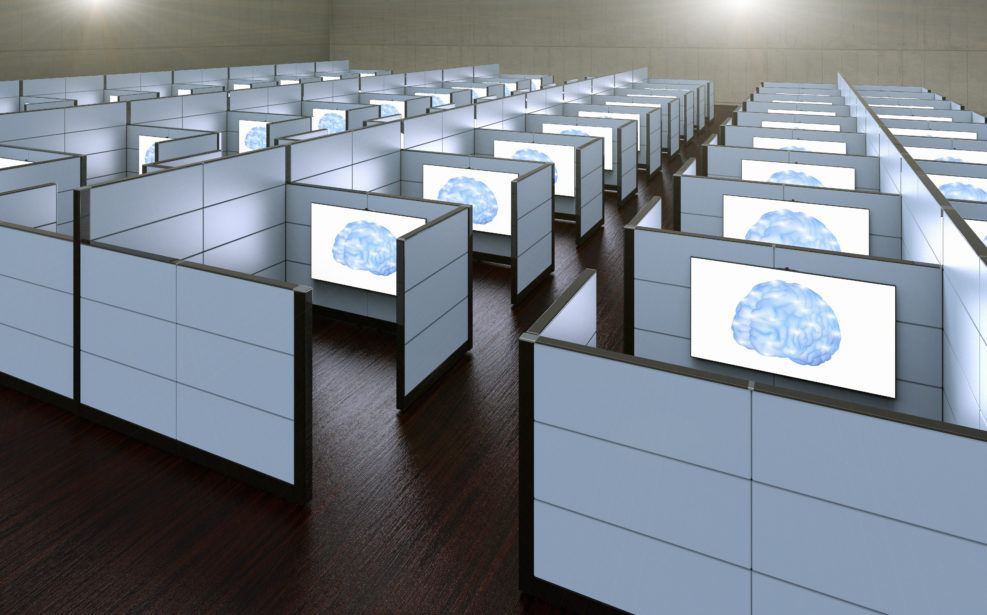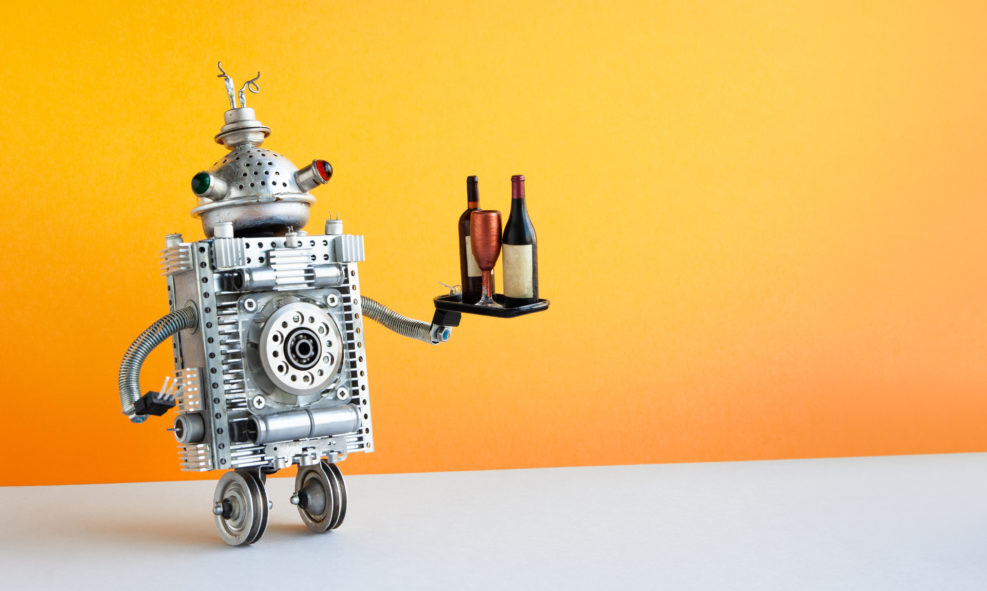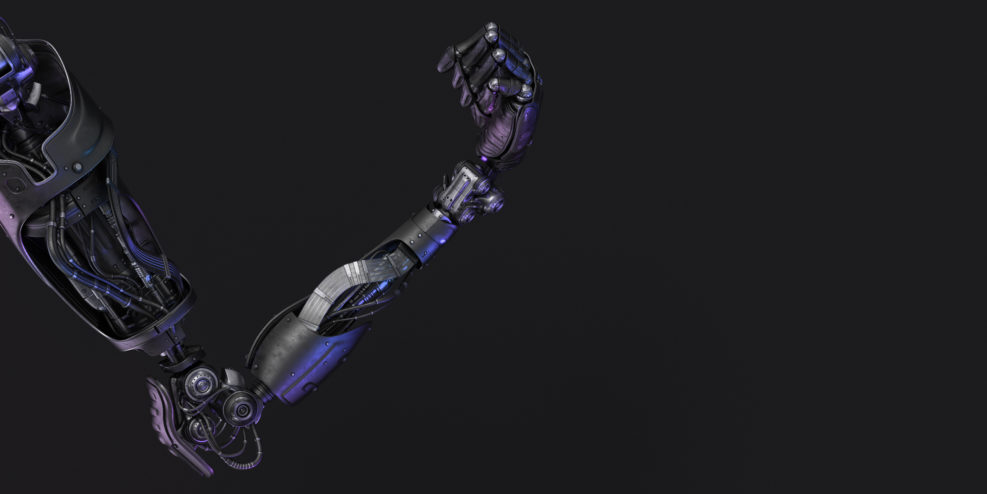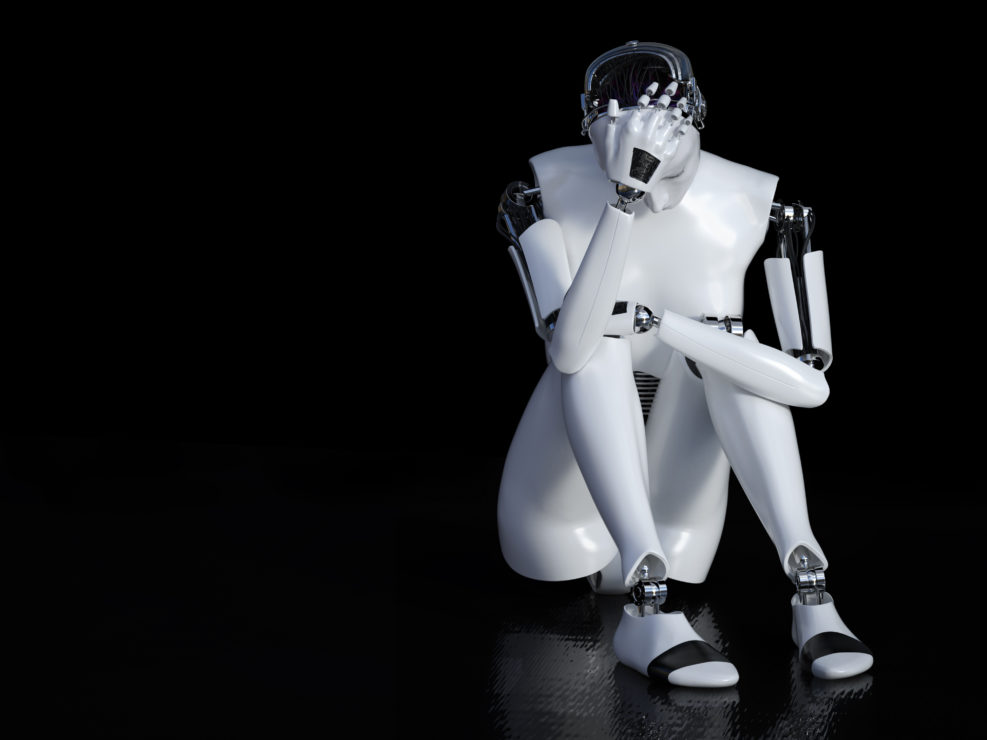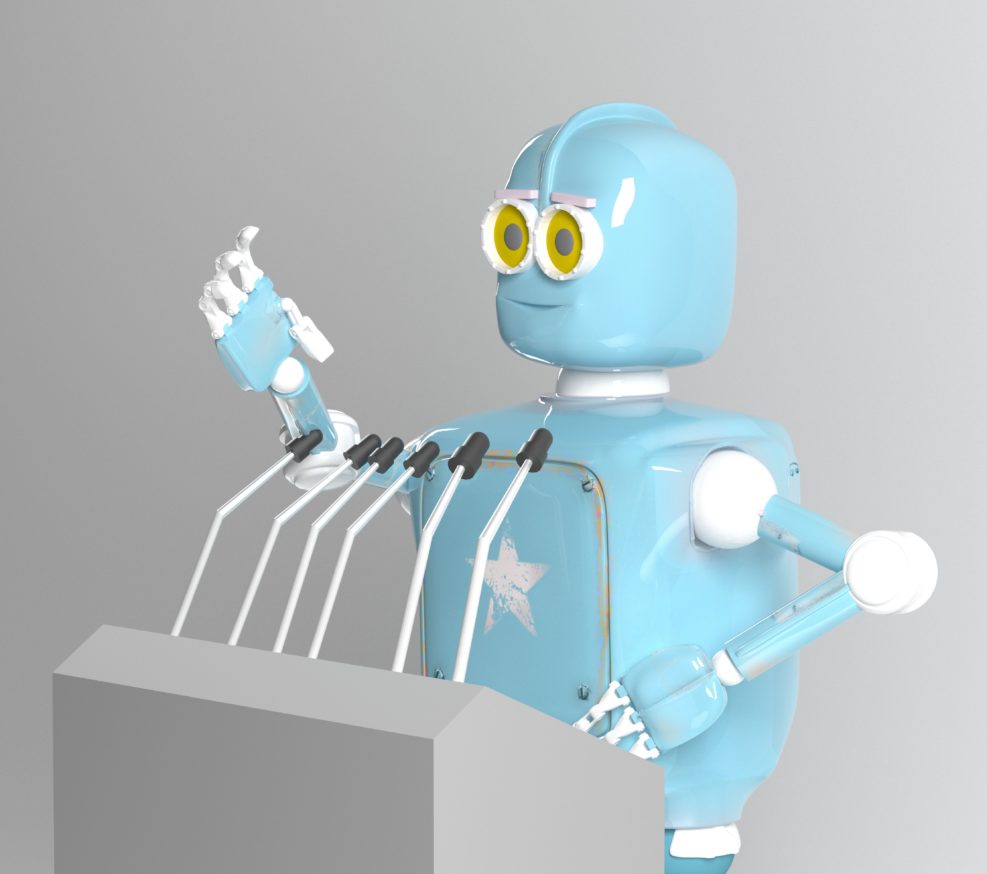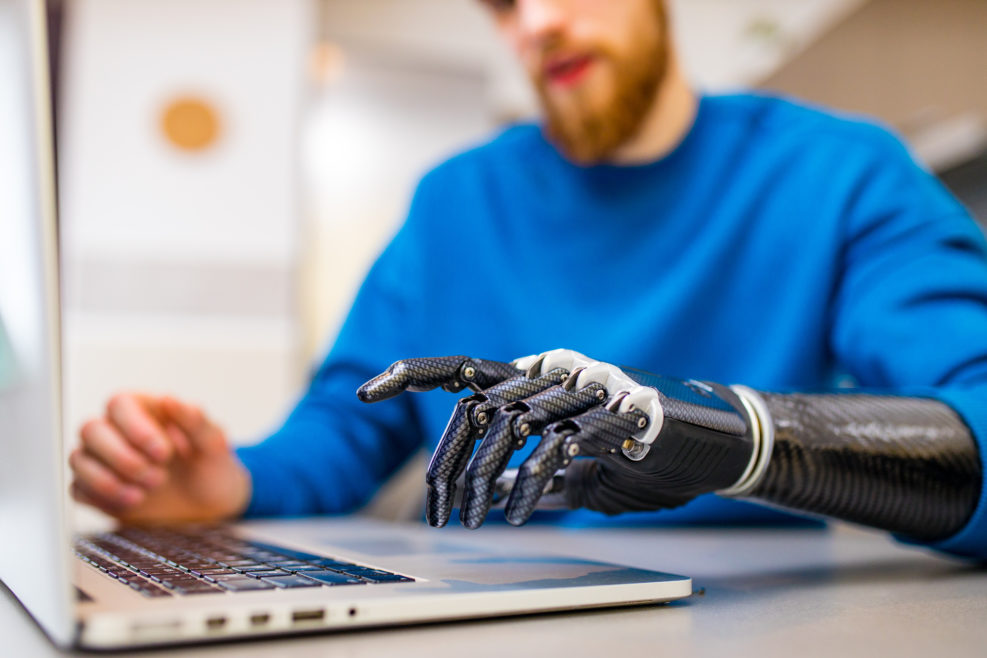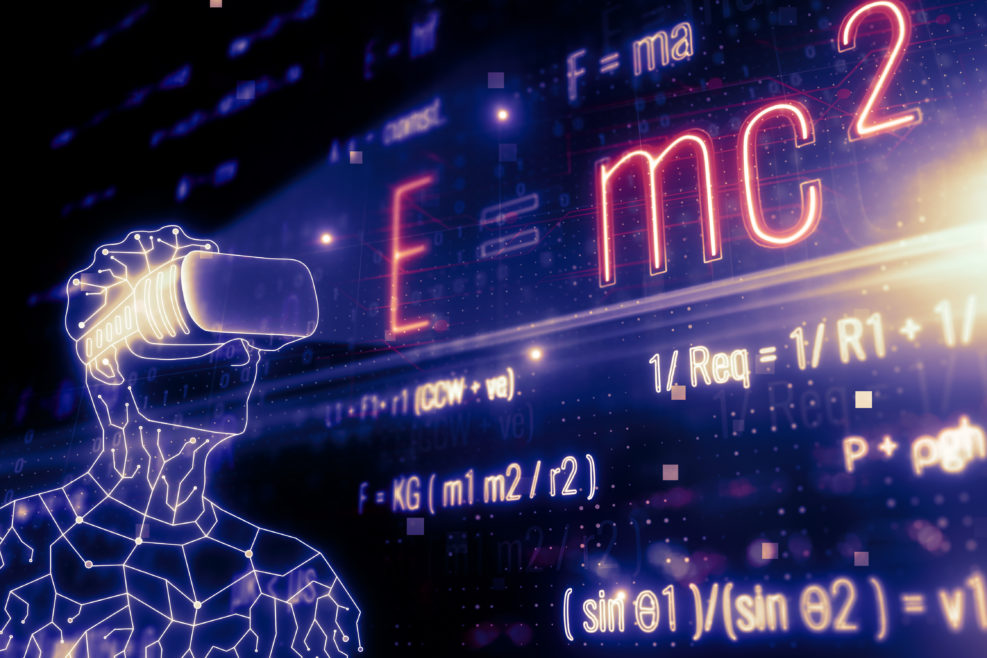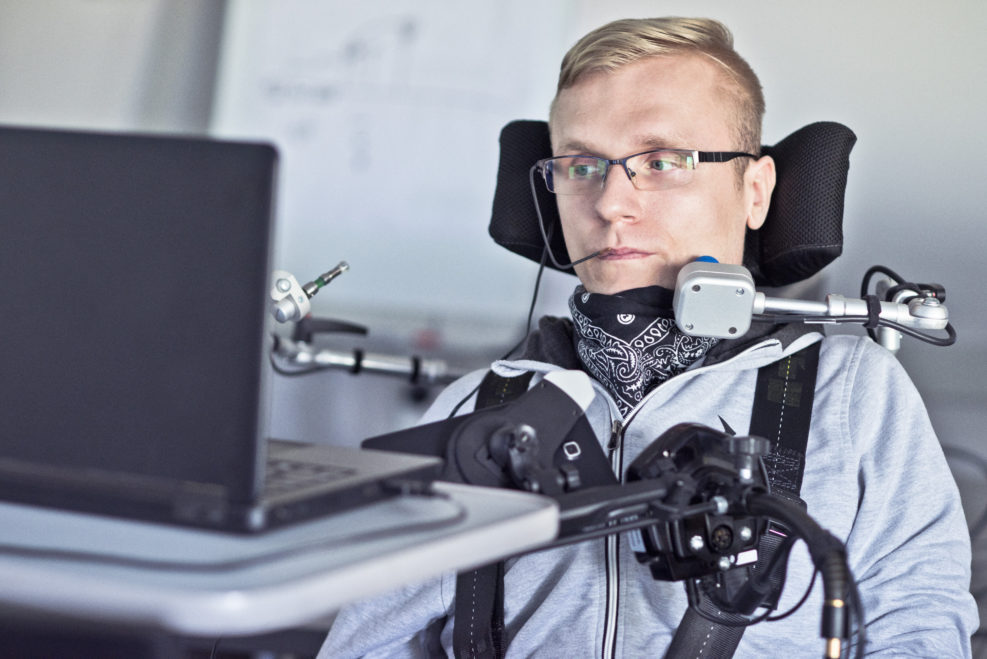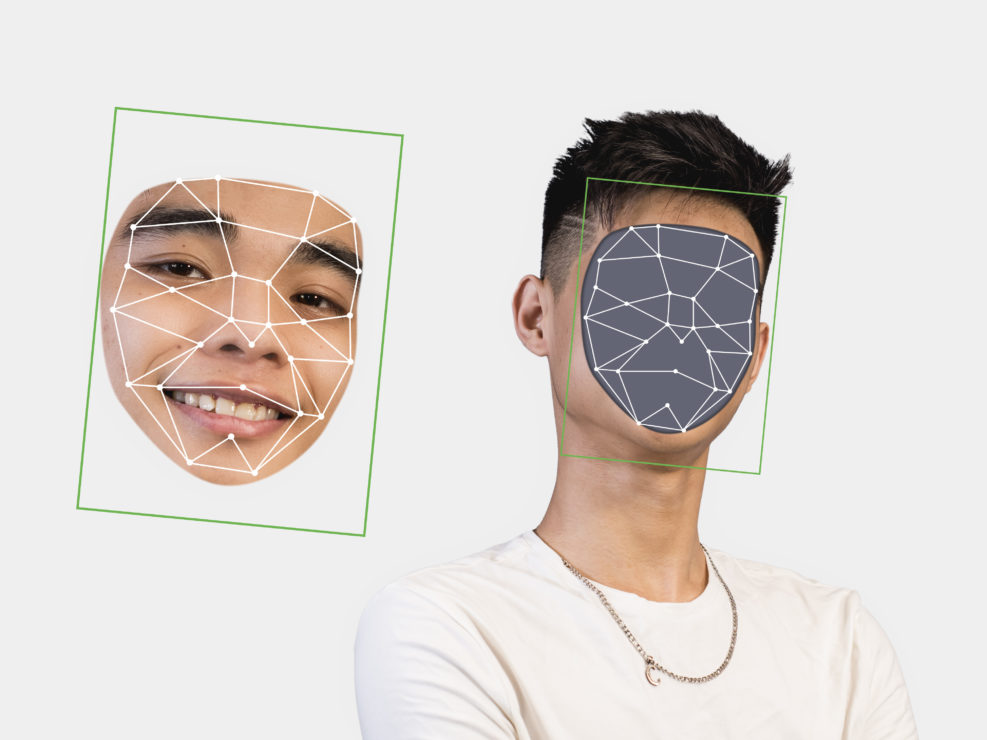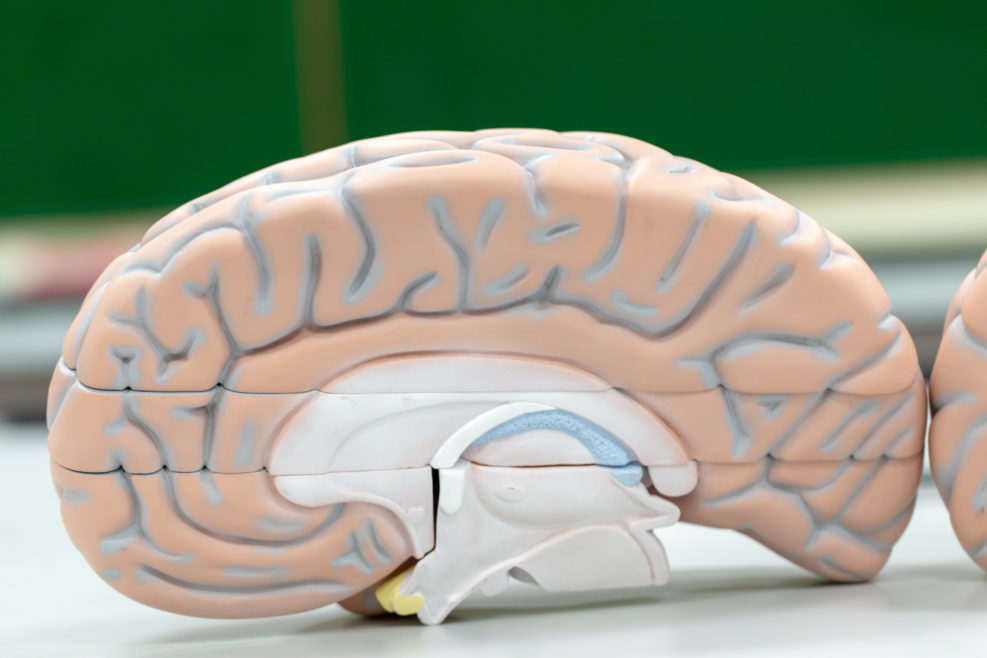
Intelligence: A Thousand Brains — or a Thousand Theories?
What does the iconic mammalian neocortex do that equivalent systems in birds and octopuses can’t do? That’s not clearJeff Hawkins, inventor of PalmPilot (a smartphone predecessor) and co-founder of Numenta (2005), does not lack confidence. After an interview with him in connection with his new book, A Thousand Brains: A New Theory of Intelligence (Basic Books 2021), Will Douglas Heaven tells us at MIT Review, “Neuroscientist and tech entrepreneur Jeff Hawkins claims he’s figured out how intelligence works—and he wants every AI lab in the world to know about it”: He’s not the first Silicon Valley entrepreneur to think he has all the answers—and not everyone is likely to agree with his conclusions. But his ideas could shake up AI. Will Douglas Heaven, ““We’ll never have true AI without first understanding the brain”” at MIT Technology Review (March Read More ›
